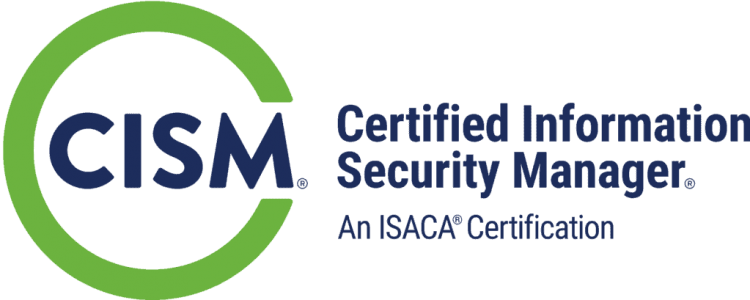Course Overview: PA-213: Palo Alto Networks Firewall Install, Configure, and Manage (EDU-201) Training Class is a three-day course that teaches students to configure and manage the entire line of Palo Alto Networks next-generation firewalls. This course prepares the student for the Palo Alto Networks Accredited Configuration Engineer (ACE) and progress to the Palo Alto Networks Certified Network Security Engineer (PCNSE). Through hands-on training, students learn high end skills of how to integrate Palo Alto next-generation firewalls into their network infrastructure. This is not a virtualized theoretical course. This is hands-on, real world instruction, directly relevant to the DoD and Commercial implementations of Palo Alto Networks next-generation firewalls.
Each student is issued a physical Palo Alto firewall and a Cisco layer 3 switch at their desk. Real hardware per student for real experience and real skill development. TechNow provides a very comprehensive client infrastructure that includes Windows, Linux, and multiple packet sniffer agents.
This course sets up the foundation for the two day course PA-212: Palo Alto Networks Firewall Configure Extended Features. The instructor for this course has been a lead in Unix kernel development to implement firewall and intrusion detection technologies. Additionally, the instructor has taught several security appliance products and carries several SANS, ISC2, ISACA, Cisco, Unix, and Windows certifications.
Attendees to the PA-213: Palo Alto Networks Firewall Install, Configure, and Manage (EDU-201) Training Course will receive TechNow approved course materials and expert instruction.
TechNow PA-212: Palo Alto Networks Firewall Configure Extended Features (EDU-205) immediately follows this course in the schedule so that you can take both courses in the same week. We also offer a discount for attending both classes in the same week!!
Dates/Locations:
Duration: 3 days
Course Objectives: Students attending this foundational-level training course will gain an in-depth knowledge of how to configure and manage their Palo Alto Networks firewall, including hands-on experience in configuring the security, networking, threat prevention, logging, and reporting features of the Palo Alto Networks Operating System (PAN-OS).
Day 1
|
Day 2
|
Day 3
|
Prerequisites:
This course is in no way associated with Palo Alto Networks, Inc.
Comments
Latest comments from students
